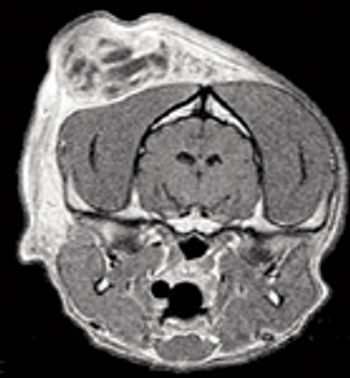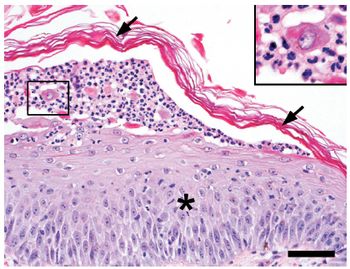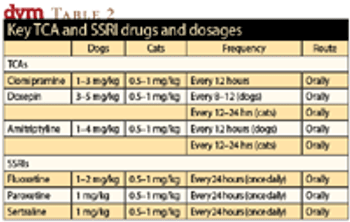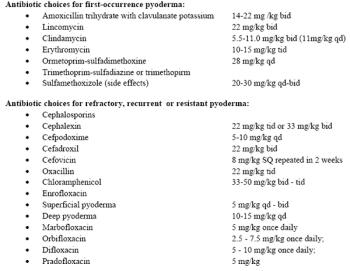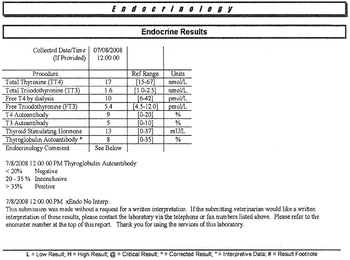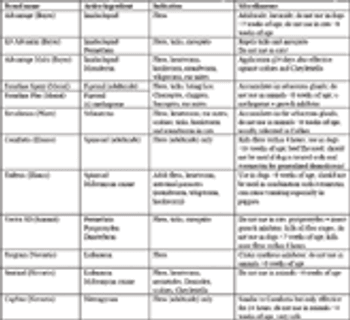
Fleas are still the most common cause for parasite induced pruritic skin problems in many geographical regions. Since the nineteen's many different drugs and preventative have been introduced to prevent and to treat flea infestation, and certainly the occurrence of severe widespread infestations have declined. However, the lack of pet owner compliance and neglect of addressing environmental flea ainfestation are probably the most common causes for a chronic recurring flea problem.




